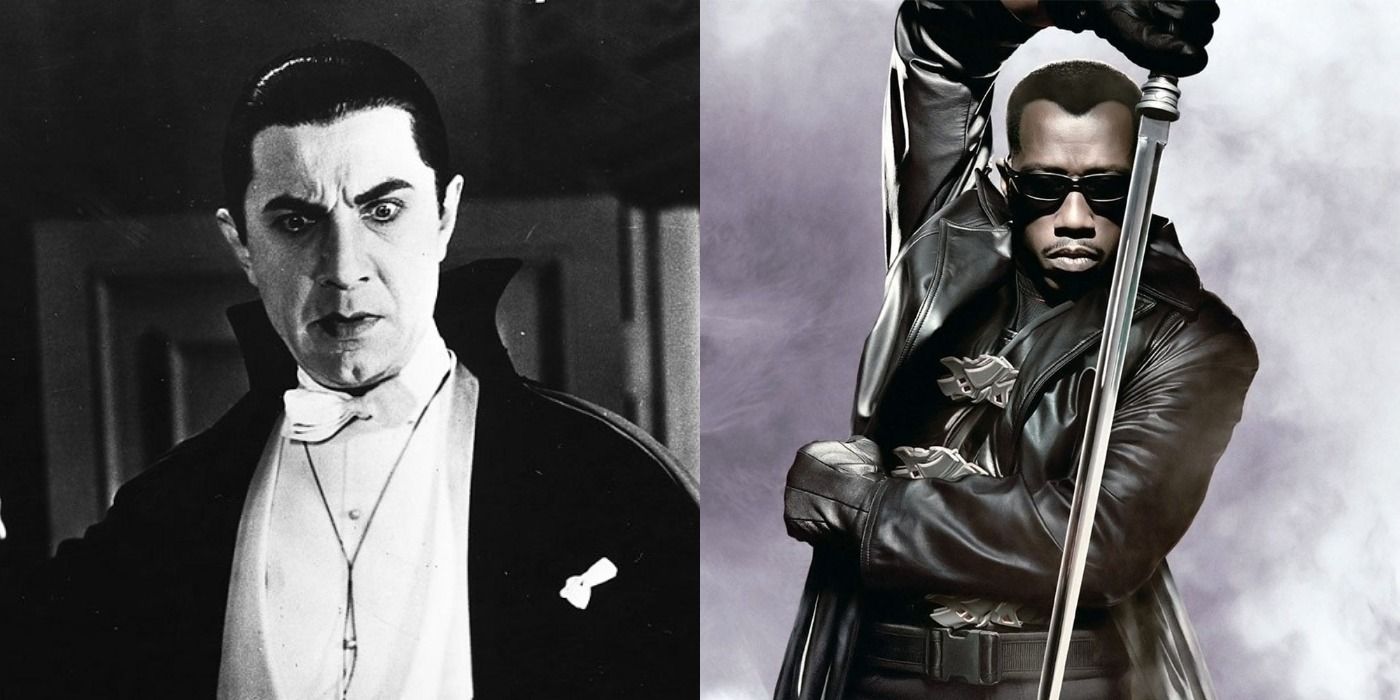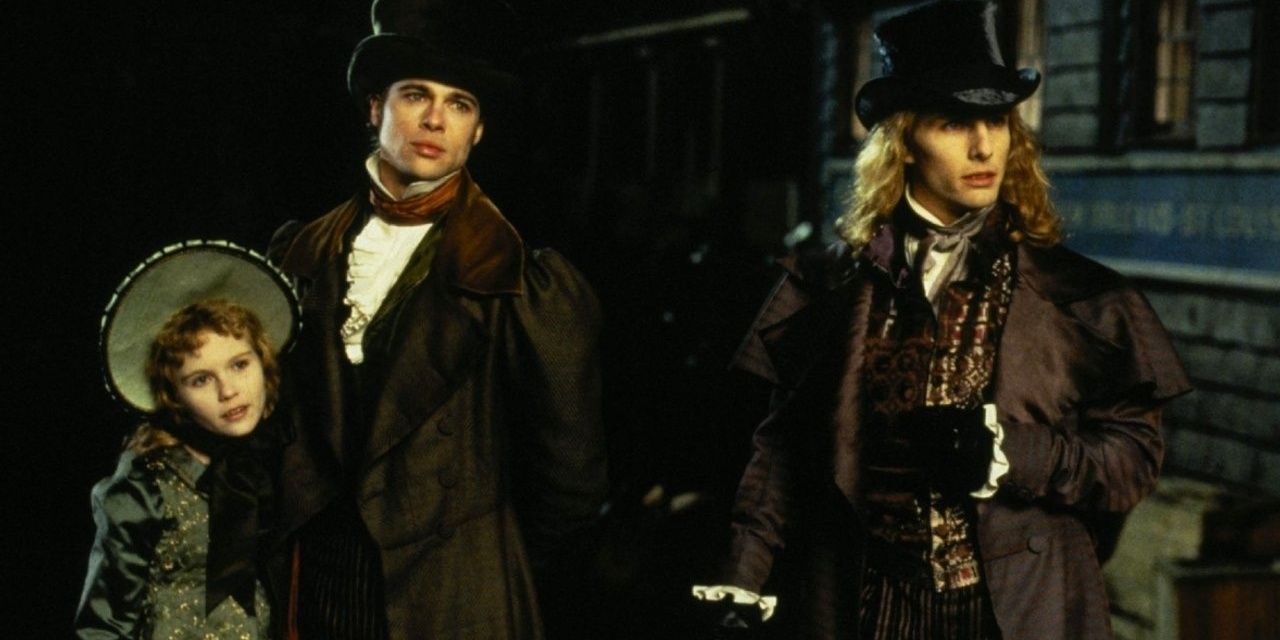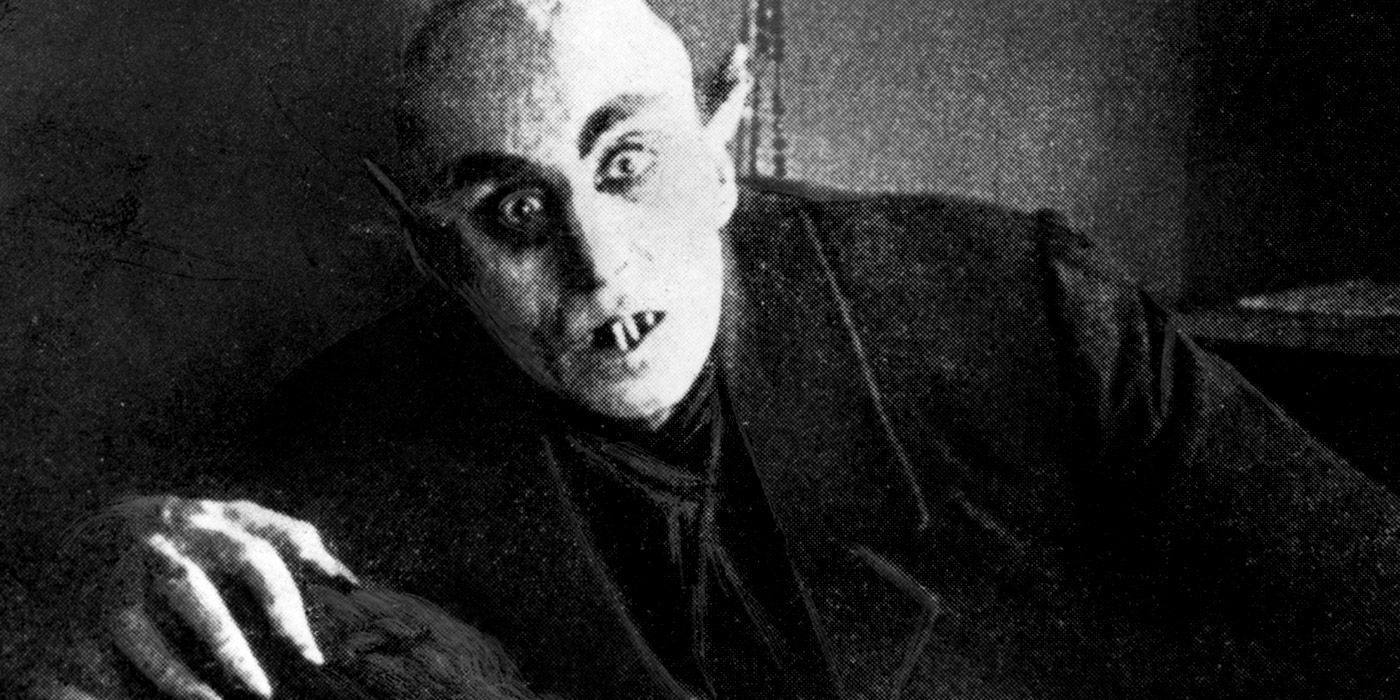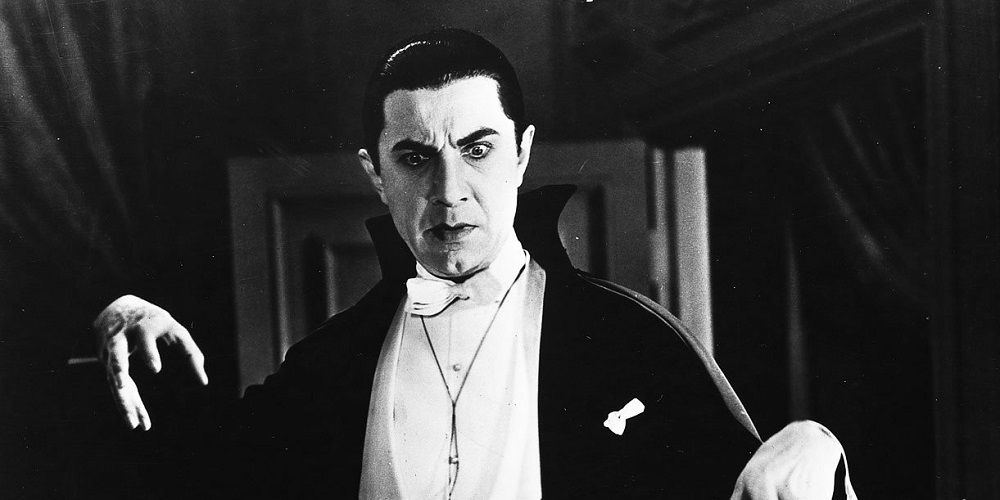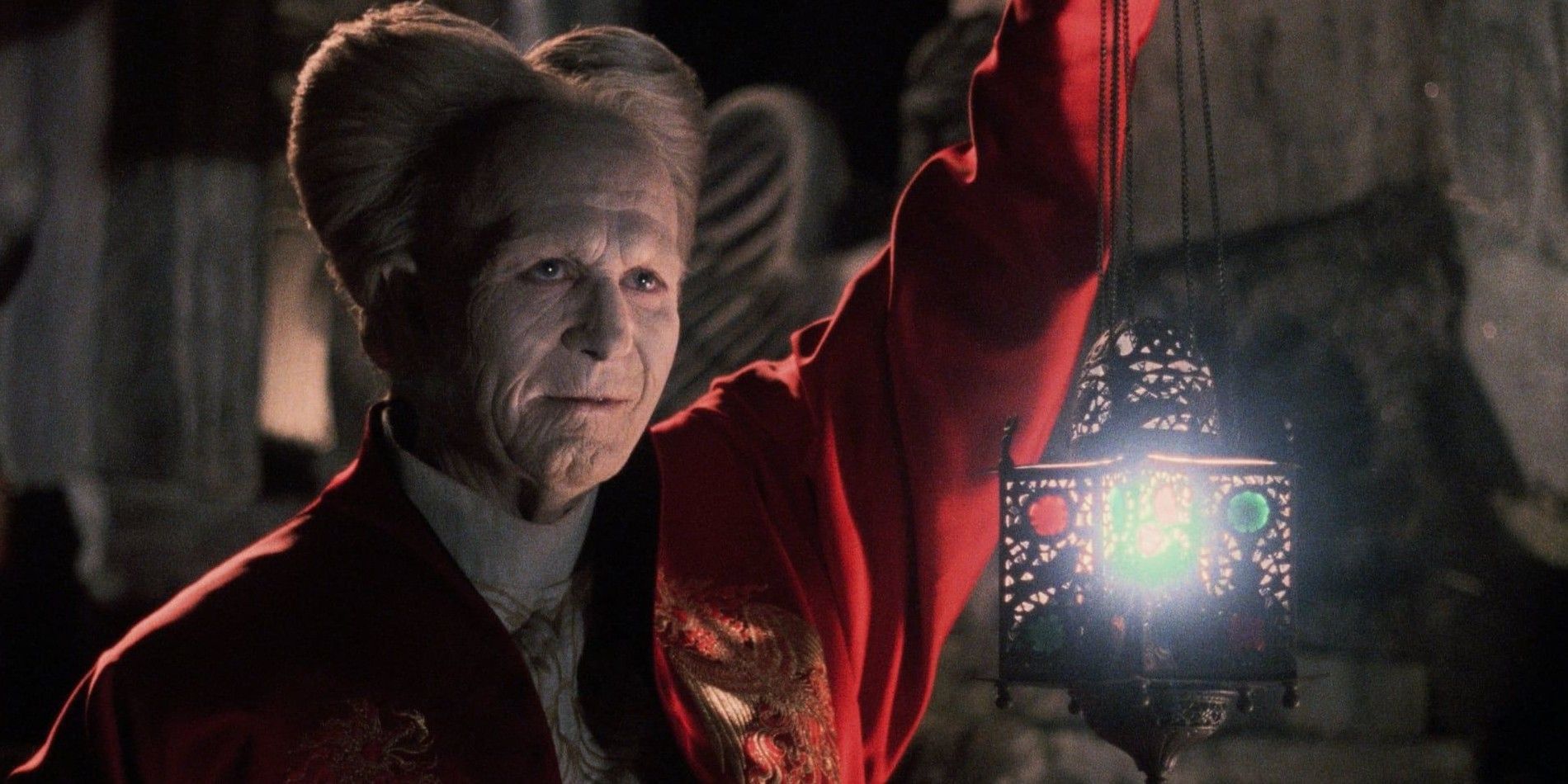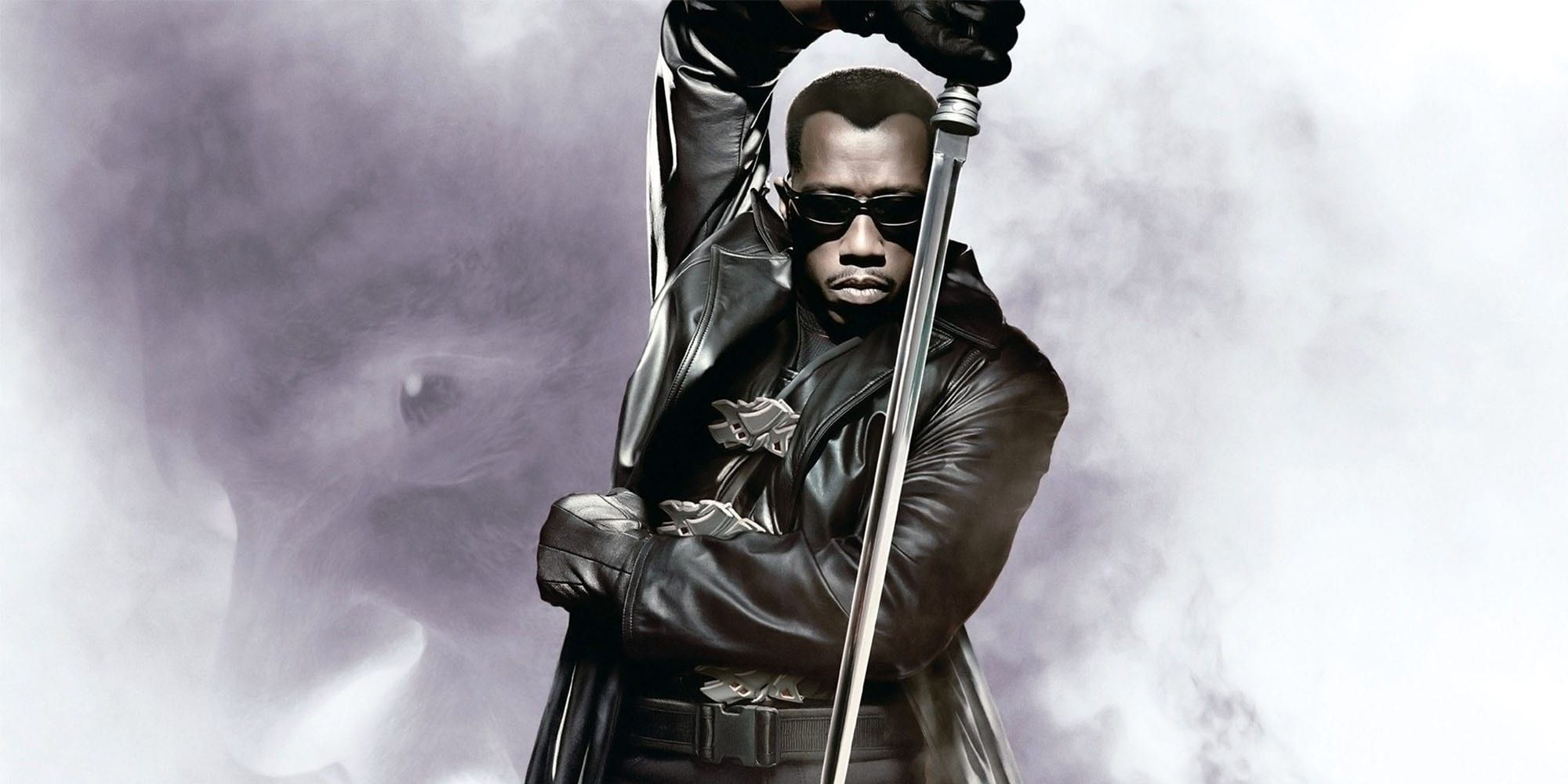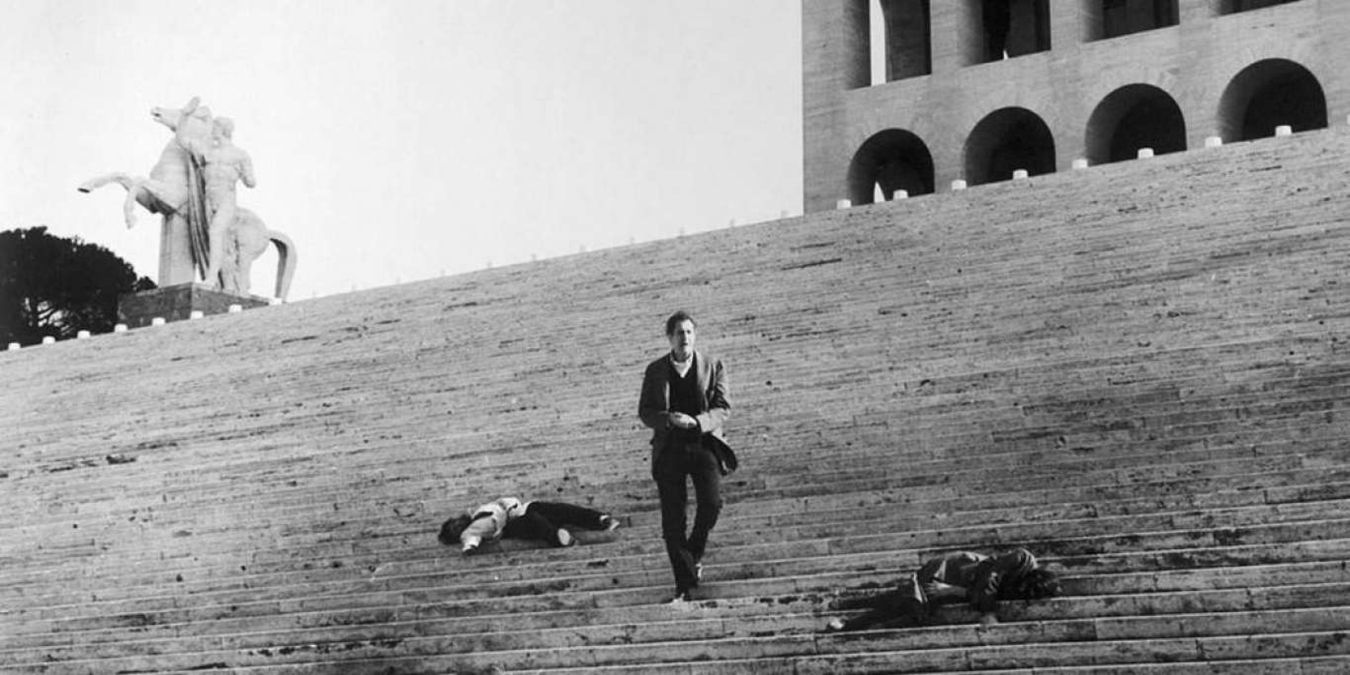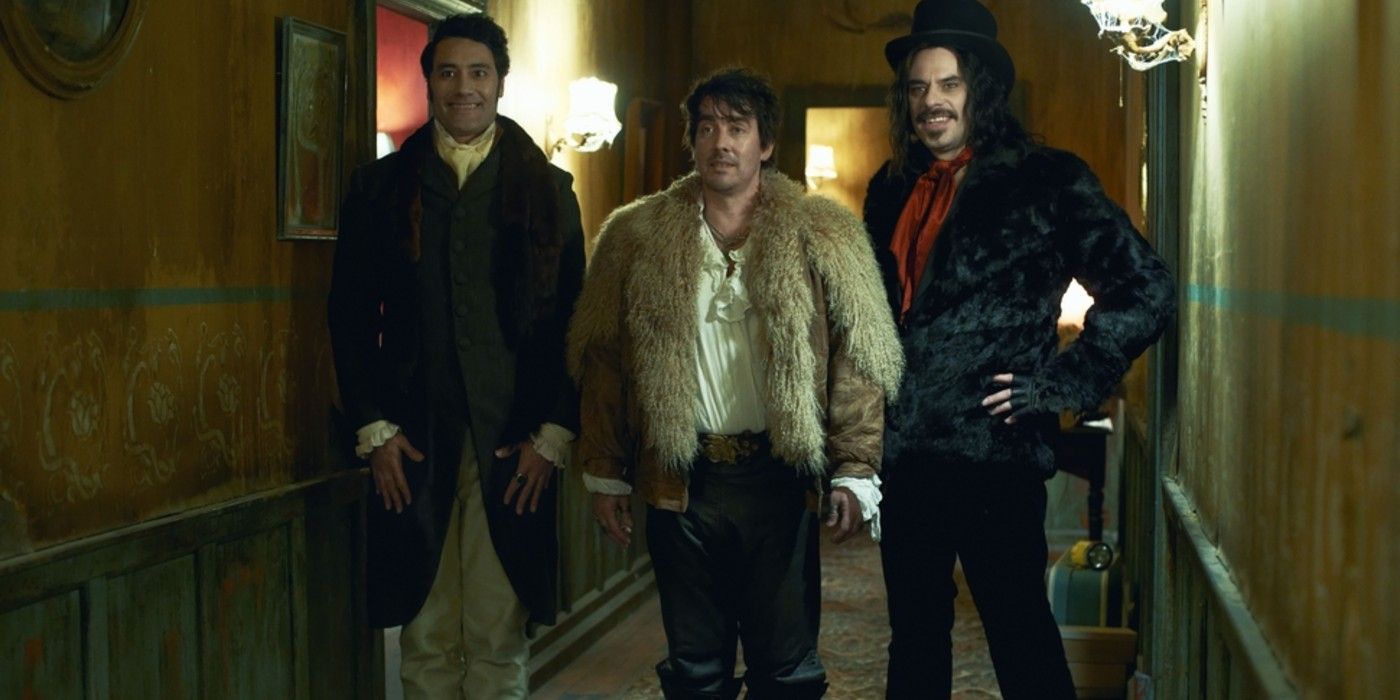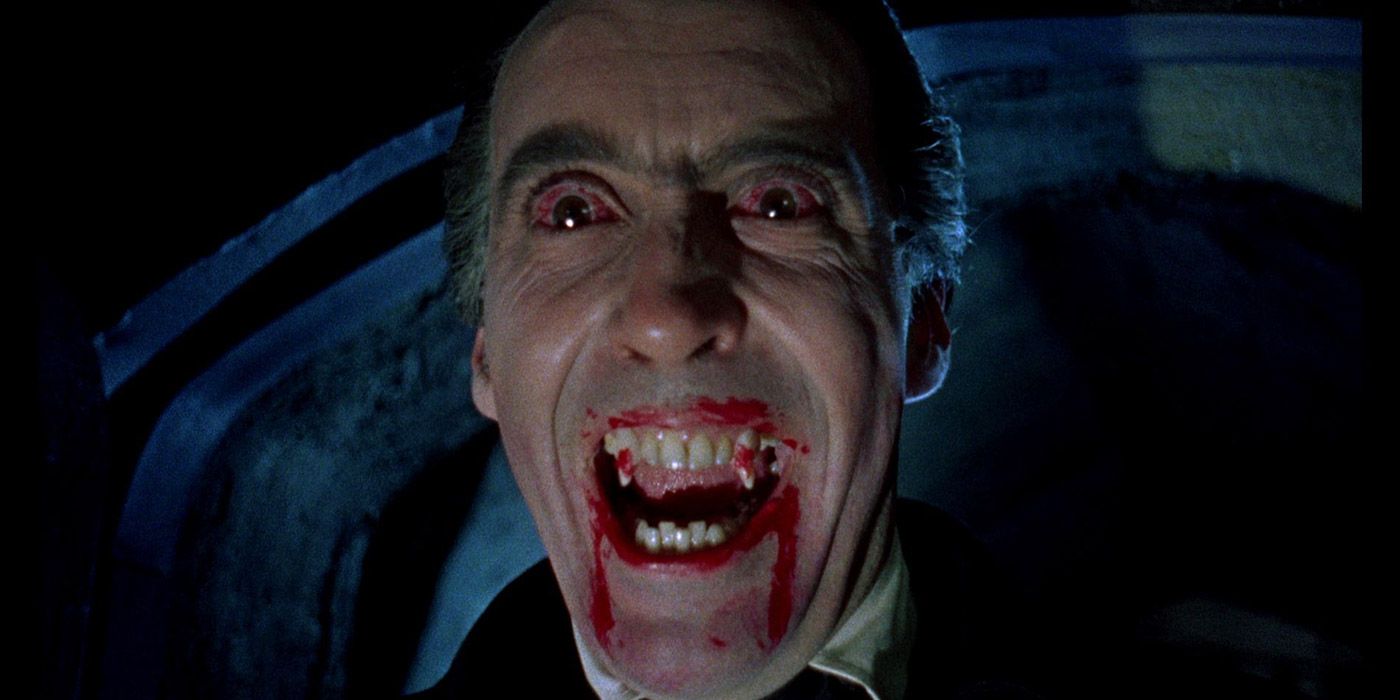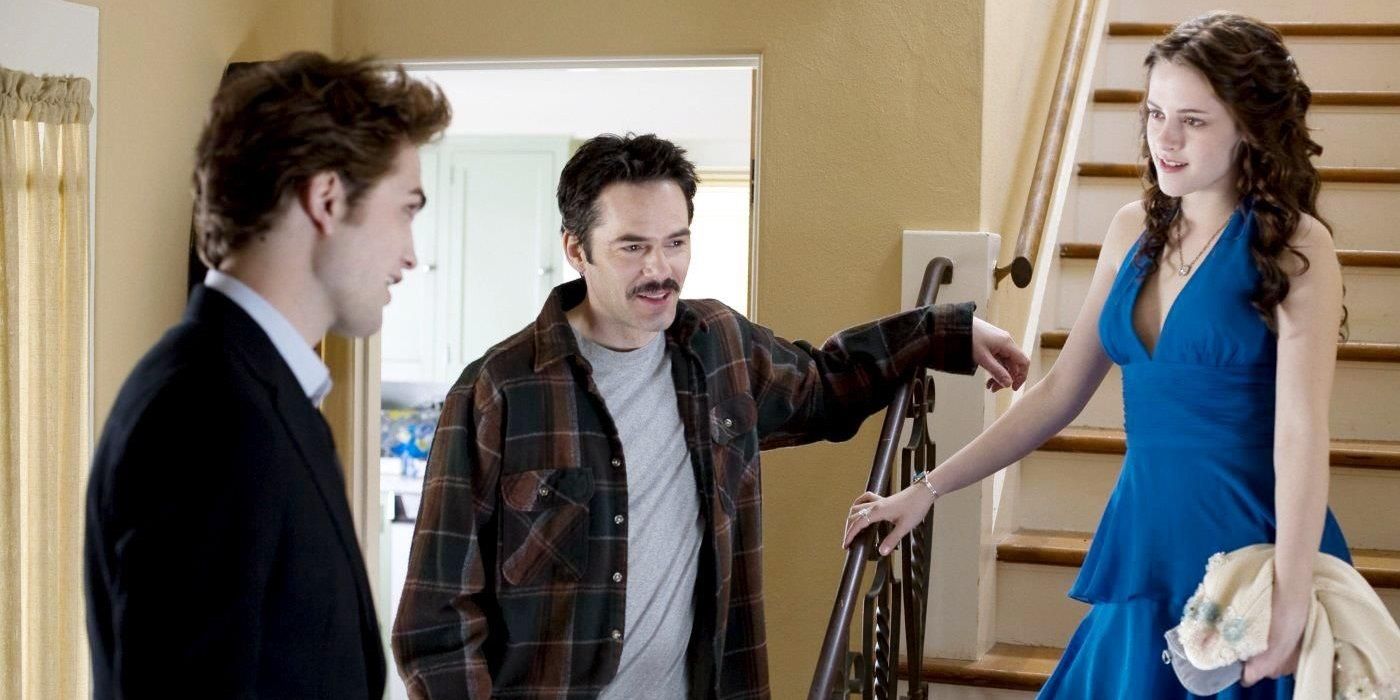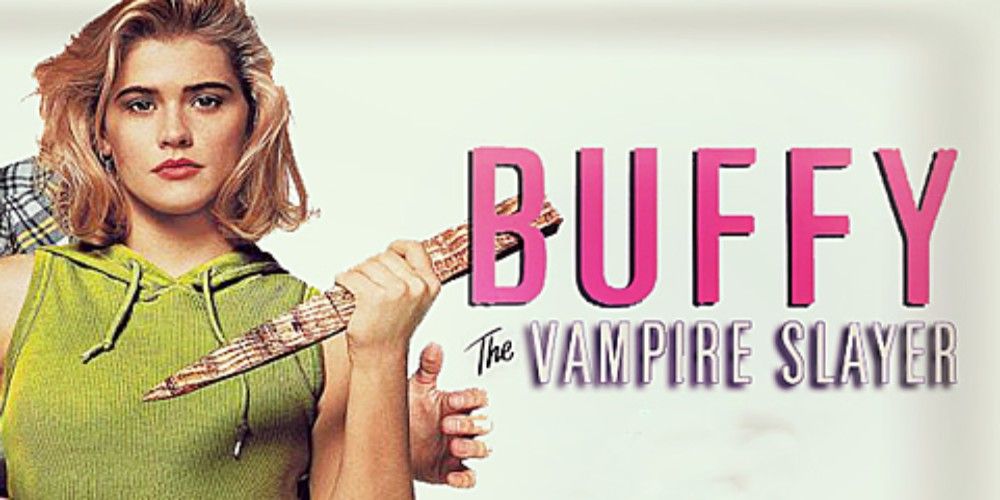There are few horror figures more iconic and influential than the vampire, and this being–the blood sucker, the fiend–has been popular at various points in history. The vampire has been a particularly popular figure in the world of the movies, appearing almost as soon as the medium itself did.
Time and again, the vampire has emerged after periods of dormancy to haunt movie screens. And, although there are many entries into the particular genre, there are only a few films that have truly been game changers.
Interview With The Vampire
Along with Bram Stoker, the late Anne Rice is the author who did the most to transform the idea of what the vampire could be. In her imagination, the vampire is not just a predator, but a sort of doomed romantic hero, and the vampire Louis, the subject of the titular interview, remains one of Brad Pitt’s best roles.
Though blood sucking is still a key part of the plot, Interview is also about larger and more philosophical issues, including the nature of mortality, desire, and the yearning for connection.
Nosferatu
It’s impossible to imagine vampire movies without Nosferatu, arguably the vampire that put the figure on the cultural map and established the cinematic conventions in which all subsequent vampires would have to operate.
An unofficial adaptation of Bram Stoker’s Dracula, the title vampire is a menacing and emaciated creature, meant to evoke the sublime horror of the ghoulish figure. With its German Expressionist aesthetic, it still has the power to terrify even almost a century after its release.
Dracula
As influential as Nosferatu was, it is matched if not exceeded by Dracula, the first of the many movies focused on Dracula that were made by Universal Studios.
The movie is particularly notable for the fact that it starred Bela Lugosi in the role. His interpretation of Dracula, with his rather unusual beauty, his romantic appeal, and his exaggerated accent, would become for many the archetype of the genre, and it’s hard to imagine subsequent screen interpretations of Bram Stoker’s famous character without this movie.
Bram Stoker’s Dracula
The 1990s was something of a golden age for vampire movies, and that includes Bram Stoker’s Dracula, which remains one of the best horror movies ever made. Gary Oldman delivers a powerful performance as the title character, who becomes something much more than just a blood-sucking fiend.
Instead, he is a tormented antihero always searching for the love that was taken from him during life, always yearning for something that can never be fulfilled. In that sense, the movie becomes far more of a tragedy than a horror movie.
Blade
Long before the Marvel Cinematic Universe established that superhero movies had the power to dominate the box office and the DCEU showed the darker side of superhero movies, Blade was paving the way. It features Wesley Snipes in the role of the title character, a vampire hunter who possesses both human and vampire abilities, and it features a dark and gritty aesthetic once uncommon in superhero movies.
The Blade franchise has proved to have an enduring following, as indicated by the fact that it is soon to be rebooted as part of the MCU.
The Last Man On Earth
There are few actors as associated with horror as Vincent Price, whose presence in many campy horror movies solidified his legacy.
He was also known for appearing in more serious movies, however, including The Last Man on Earth, one of several adaptations of the novel I Am Legend, which focuses on a man struggling to survive in a world in which most people have been turned into vampires. It is ultimately something of a tragedy, as the main character’s efforts to save humanity may very well be futile.
What We Do In The Shadows
Even though the vampire is more often associated with the genre of horror, the figure has also made appearances in several other genres, including, as What We Do in the Shadows indicates, comedy. This movie, co-written and co-directed by Jermaine Clement and Taika Waititi, demonstrated that there was still a great deal of humor to be had in the figure of the vampire.
In fact, it’s become quite influential in its own right, even spawning a spinoff series on the network FX, which has become one of its best-loved shows.
Dracula
Some studios have produced so many horror movies that they are fundamentally associated with horror, and vampires in particular, that it’s almost impossible to imagine the creature without them. Of those studios, Hammer is arguably the most influential, and they have become known for their many movies featuring Christopher Lee and Peter Cushing.
It all began with Dracula, however, which set out both the aesthetic and the tone that would become the norm for many of the movies that would follow in the series. It is widely regarded as one of Christopher Lee’s most iconic roles.
Twilight
Twilight is arguably one of the more controversial of the vampire movies that have appeared in the recent past, given that they were received lukewarmly by critics but quite excitedly by fans of the book series.
Regardless of how the critics felt, there’s no question that the movie was enormously influential, and many of the young-adult shows and movies that appeared in its wake are a testament to its power to shape how the vampire appears in various elements of popular culture.
Buffy The Vampire Slayer
Even before the TV series Buffy the Vampire Slayer became enormously popular, the character appeared in a movie of the same name.
Although the movie is rather different from the subsequent television series, it still has the same irreverent sense of humor as its successor, demonstrating that the vampire is a figure that doesn’t always have to be taken as seriously as the horror genre would imply. In fact, vampires can just as often be a figure worthy of fun and mockery.

